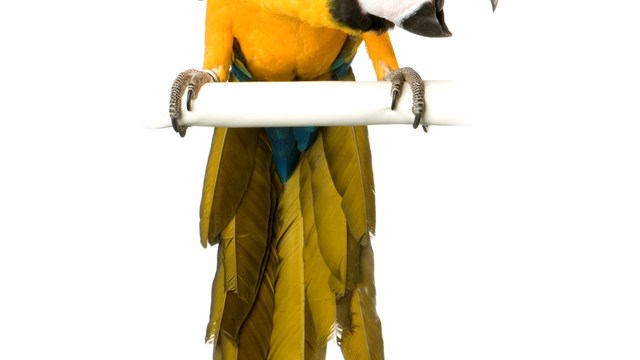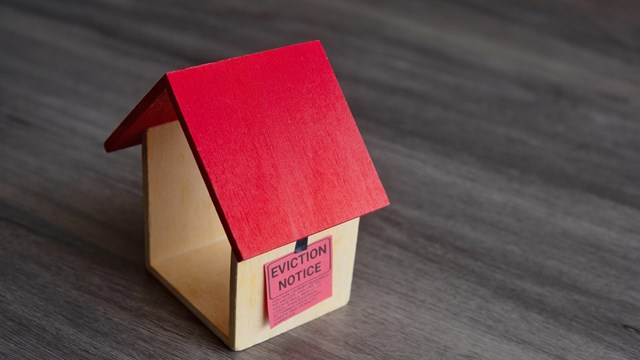It would be tough to understate the havoc caused by subterranean termites—each year, the destructive feeders cause some $5 billion to structures in the U.S. That's more damage to homes than storms, fires, and earthquakes combined. Fifty billion termites infest about one million homes each year (that's about one in 30). And the problem can be insidious—termites can be hidden for 10 to 12 years before a swarm becomes visible. Catastrophic events may make the evening news, but when it comes to the worst annual widespread property damage, the silent destroyers, termites, top the list.
Once termites find an avenue of entry into your home, it is a virtual all-you-can-eat buffet with any wood product on the menu. Lumber, door frames, wood panels, flooring, sheetrock, wallpaper, books, fabric made of plant fibers, and furniture are all fair game. Termites also leave a chemical trail to let others in the nest know that food is near.
The average single-family home has as many as four termite colonies beneath it. With termite queens laying more than 1,000 eggs a day, nest populations can reach into the millions. You must kill the nests for the infestation to end. Just like winning in chess, you need to capture the queen.
The Swarm
The reproductive termites are winged adults called alates, or more commonly, swarmers. Triggered by warmer temperatures and rainfall, swarmers leave their colonies in search of new nesting sites to expand their territory. Swarming season in New Jersey usually gets underway in March and, depending on temperatures, can last through May. Once these new kings and queens arrive at their destination, it’s all business. They pair off with a mate to reproduce and once mated, find a suitable nesting site to begin a life of reproductive bliss.
Homeowners can do several things to lessen their chance of termite infestation. Termites, like any insect, live to eat and reproduce. That’s pretty much it on their daily agenda, so the goal of the homeowner or HOA administration is to remove all potential food sources. To prevent termites from easily accessing food sources, it's vital to eliminate wood-to-ground contact. Many termite infestations result from structural wood being in contact with soil. This includes wood siding, porch steps, latticework, door or window frames and similar wood elements. For termites, mulch is a delicacy, so minimize or eliminate the use of wood mulch around your foundation. Stack firewood and scrap lumber away from the home. Don’t store cardboard boxes on the floor of your garage.
Food and Moisture
Besides food, termites are also attracted to moisture. They are soft-bodied insects and without moisture, they dry up. Water should be diverted away from your foundation with properly functioning gutters, downspouts, and splash blocks, and it's important to not allow moisture such as air conditioner condensation to accumulate near your foundation. Drainage problems also increase your risk of termite infestation. Reduce humidity in basements with a dehumidifier and crawlspaces using a combination of encapsulation, sump pumps and dehumidifiers.
The surest protection against termite infestation is to work with a pest management professional to conduct a termite inspection and implement treatment barriers that will stop termites from reaching your home. Too many homeowners have a termite inspection conducted when they buy their home and then never give it another thought. That’s unfortunate, because some preventative maintenance today can save you thousands of dollars down the road.
Bill Cowley is the owner of Cowley's Termite & Pest Services in Neptune City, New Jersey. In addition to termite extermination, the company also offers bird, rodent, and other wildlife removal.







Leave a Comment